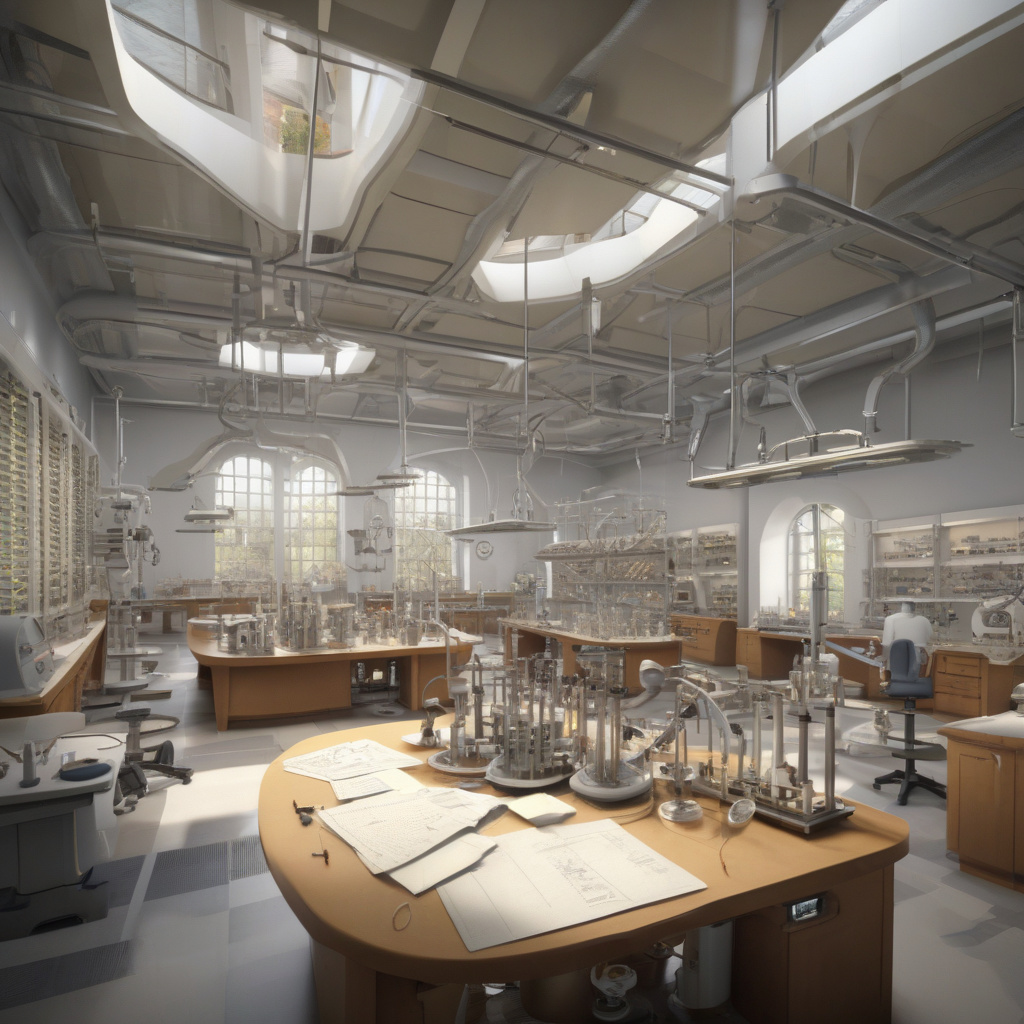380-year-old Descartes circle problem finally solved with help from physics
The world of geometry just witnessed a pivotal breakthrough. Mathematicians at Monash University have cracked the 380-year-old Descartes circle problem, a conundrum that has baffled minds since it was first posed by the renowned French mathematician René Descartes in 1643. This historic achievement marks a significant milestone in the realm of mathematics and showcases the power of interdisciplinary collaboration between mathematics and physics.
The Descartes circle problem revolves around finding a fourth circle that is tangent to three given, mutually tangent circles. While the concept may sound simple, its solution has eluded mathematicians for centuries due to its intricate nature. Traditional mathematical approaches have fallen short in providing a definitive solution to this problem, leading researchers to explore alternative avenues.
In a groundbreaking move, a team of mathematicians at Monash University turned to the principles of physics to tackle the age-old problem. By incorporating concepts from quantum mechanics and spectral theory, the researchers were able to devise a novel mathematical framework that paved the way for solving the Descartes circle problem. This innovative approach not only led to the resolution of the problem but also opened up new possibilities for solving other complex geometrical challenges.
The successful resolution of the Descartes circle problem highlights the importance of thinking outside the box and leveraging diverse fields of study to address longstanding mathematical mysteries. It underscores the interconnectedness of different branches of science and the potential for synergy when disciplines converge to tackle common goals.
Moreover, the implications of this breakthrough extend far beyond the realm of theoretical mathematics. The newfound understanding of circle packings and tangencies could have practical applications in various fields, such as computer science, architecture, and even physics. By unraveling the secrets of circle arrangements, researchers may unlock new possibilities for optimizing packing efficiency, designing innovative structures, and advancing scientific knowledge.
The collaborative effort that led to the solution of the Descartes circle problem serves as a testament to the power of teamwork and interdisciplinary cooperation in driving scientific progress. It exemplifies how combining expertise from diverse backgrounds can lead to transformative discoveries and push the boundaries of human knowledge.
As we reflect on this remarkable achievement, it becomes evident that there is still much to explore and uncover in the vast landscape of mathematics and science. The journey of unraveling age-old mysteries and pushing the frontiers of human understanding is a continuous and ever-evolving process, fueled by curiosity, collaboration, and innovation.
In conclusion, the resolution of the Descartes circle problem stands as a testament to the ingenuity and perseverance of the human mind. By blending the principles of mathematics and physics, researchers have overcome a centuries-old challenge and set the stage for future breakthroughs in geometry and beyond. This triumph serves as a reminder of the boundless possibilities that arise when we dare to think differently and explore uncharted territories in pursuit of knowledge.
innovations, mathematics, physics, interdisciplinary, breakthrough












